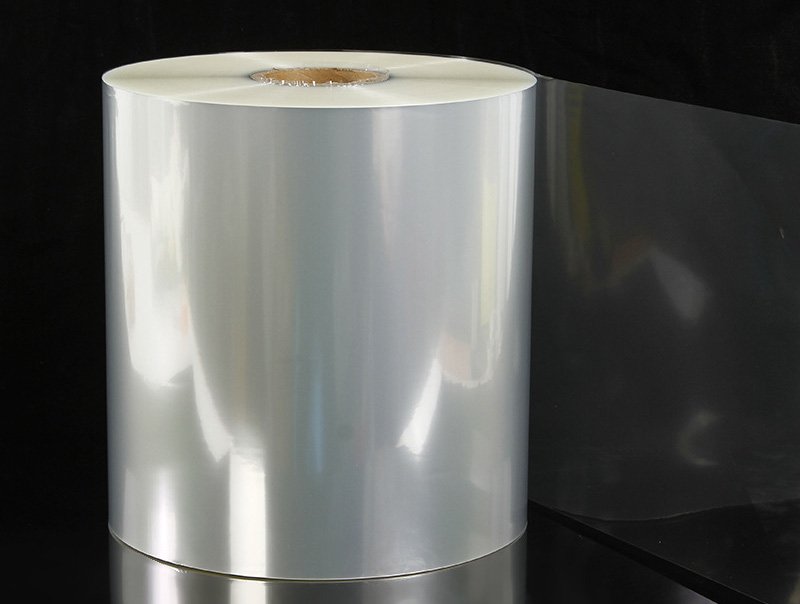INTRODUCTION TO ETFE
ETFE, the scientific name is ethylene tetrafluoroethylene copolymer, which is a high-performance fluorine based polymer. It is renowned for its excellent mechanical strength, impact resistance, and wear resistance, and is known as the “high-strength warrior” in the fluoroplastic family. ETFE perfectly balances the chemical inertness of fluoroplastics with the excellent mechanical properties of polyolefins, making it an irreplaceable material in fields that require harsh physical environments. Its most famous application is the air cushion membrane structure of the “Water Cube”, the main venue of the Beijing Olympics.

